Are you interested in plants for a dark classroom or office this year? Or maybe you don’t have a classroom or an office, but you have a dark home? Well, this crazy plant lady has a few tried-and-true suggestions for best plants for a dark classroom or office. Of course, one factor to keep in mind involves how much light your classroom actually receives.
Why not fill up your space with leafy, beautiful plant babies? After all, Nasa studies show houseplants can have a positive effect on rooms by purifying the air through the removal of toxic agents. Whose classroom couldn’t use a boost of air purification? I mean have you ever taken a big whiff of your classroom? Pugh! It probably needs all the help it can in the cleanliness department. According to a former NASA researcher who was involved with the NASA studies, we need 2 larger-sized plants for every 100 square feet of interior spaces.
Aside from purification purposes, houseplants add a decorative charm to a space because they are just plain gorgeous. Just check out Instagram or Pinterest if you don’t believe me! Meanwhile, be sure to check out my list of 35+ funny plant quotes to add to letter boards or chalkboards.
Now, I’m no plant expert by any means. A lot of things are still trial and error for me in my plant mama life. But I have found a mentor in a guy named Bill who works at my local Lowe’s nursery. For two years now, he has fed me plant advice every time I walk in the place. He really teaches me a lot – so much so that he deserves some kind of award. I credit him with my abilities to keep most of my plants alive.
Read ahead for my suggestions and cautions involved with some of my favorite classroom plants.
Best Plants for a Dark Classroom with No Windows (or Few Windows)
Snake Plants for a Dark Classroom (Also called Mother-in-Law’s Tongue)
- Pros: This plant (Sansevieria trifasciata) does well in low light to bright light. I had some in my dark windowless classroom last year, and they did very well.
- Cons: This plant is considered dangerous when ingested. I would certainly NOT put this plant in accessible areas in an early childhood classroom. I feel pretty secure in keeping a snake plant in my secondary classroom as the chances of adolescents and teenagers eating my snake plant are relatively low. However, considering the typical behaviors and ages of your students, you need to be cautious when using any type plant that has toxic qualities.
- Tips: The key to success with a snake plant is to water very infrequently. The biggest chance of killing your snake plant will come from over watering as snake plants can become waterlogged quite easily. I suggest watering your classroom snake plant no more than 1-2 times a month. When watering, make sure the plant does not stand in water. The water should be allowed to adequately drain.
ZZ Plants for a Dark Classroom
- Pros: The ZZ (Zamioculcas zamiifoliais) is considered a low-maintenance plant which doesn’t require much attention. While it does well in brightly-lit rooms, it can also tolerate dark rooms quite well. I have had my ZZ plants in various locations around my house and in my dark classroom. As long as it is not overwatered or scalded by overly-direct sunlight, the ZZ plant keeps a dark, shiny green appearance with a waxy, healthy-looking coating.
- Cons: I can’t really think of any cons for a ZZ plant – other than it will occasionally need to be repotted when the roots start growing above the soil line.
- Tips: Again, do NOT over water the plant. I would suggest no more than 1-2 waterings a month. If the plant starts to fade to yellow, that means it is getting too much water (or too much light if it is in direct sun).
Chinese Evergreen Plants for a Dark Classroom
- Pros: The Chinese Evergreen plant (Aglaonemas) has been a longtime favorite for office settings with fluorescent lighting.
- Cons: This one will need to be watered a bit more regularly than the previous two plants on the list.
- Tips: Some people believe that the darker variegation of this plant, the less light it needs. If it is a lighter-colored plant (as mine is in the picture below), you may need to ensure it gets more light. This plant prefers to stay moist (though you should never allow any of your plants to set in water; allow them to drain thoroughly after watering).
Pothos Plants for a Dark Classroom
- Pros: Pothos (Epipremnum aureumare) known for being one of the best air purification plants.
- Cons: They tolerate low-light conditions though they tend to be less full and more leggy in lower light. Also, highly variegated pothos (like marble queen or golden pothos) may lose a lot of the color contrast in lower light settings. This plant can trigger toxic reactions so it needs to be kept out of children’s reach.
- Tips: Allow the top couple of inches of the soil to dry out before watering again. The root area of the soil should stay slightly moist but not submerged in water as this can lead to root rot. Brown or wilting indicates the plant needs to be watered more often. Yellow leaves may indicate over watering.
Peace Lily Plants for a Dark Classroom
- Pros: Peace Lily (Spathiphyllum) is a pretty low-maintenance plant. It can tolerate low-light quite well, but don’t expect to see many white blooms when the plant is kept in a dark classroom. When kept in brighter light, the white blooms appear more often.
- Cons: The plant can flower (as mentioned above) which leads to messy, powdery residue when the flowering piece dries out. The seeds within the flowering parts are considered toxic if ingested.
- Tips: The peace lily likes to be watered fairly frequently. Keep the soil somewhat moist as the leaves will droop dramatically if the soil becomes too dry, but do not allow the soil to become overly wet.
As I mentioned above, all the plants listed here (except for the ZZ plant) may cause minor toxic reactions – such as vomiting, diarrhea, or rashes if ingested or handled. I would suggest careful placement of plants so they are not within access of your students. Kids should not touch your plants. You can find a list of potentially toxic plants here. If you feel you should not decorate with the plants in your dark classroom due to the level/ages of the children you teach – even with careful placement – then you might want to just decorate with ZZ plants. A few of those can take your space a long way!
For some ideas on how to style your plants into a boho style classroom, visit my other post.

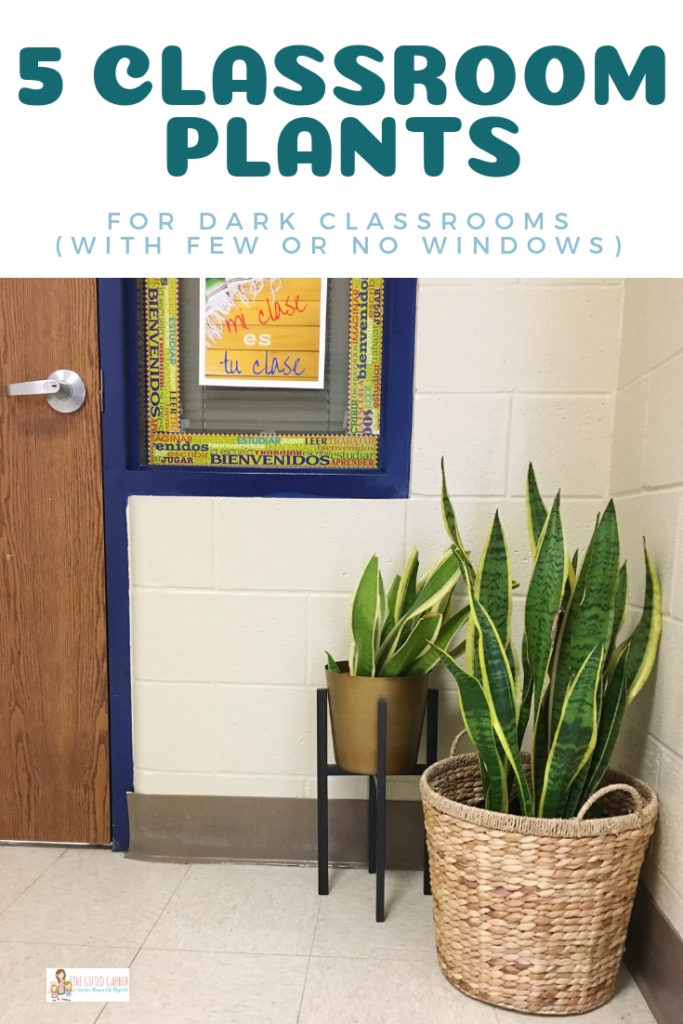
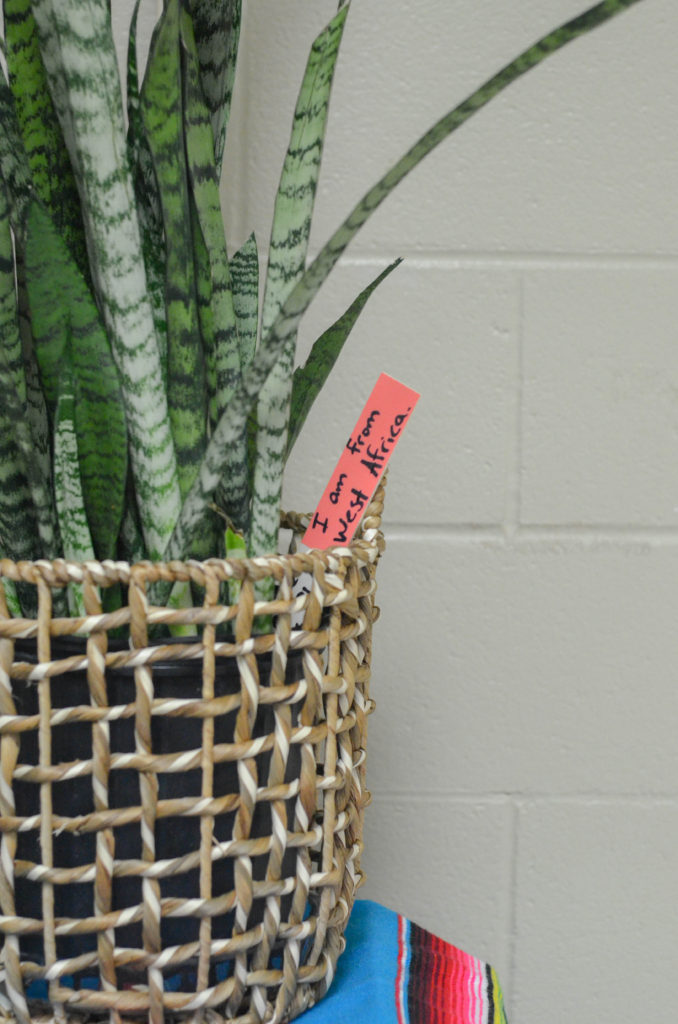

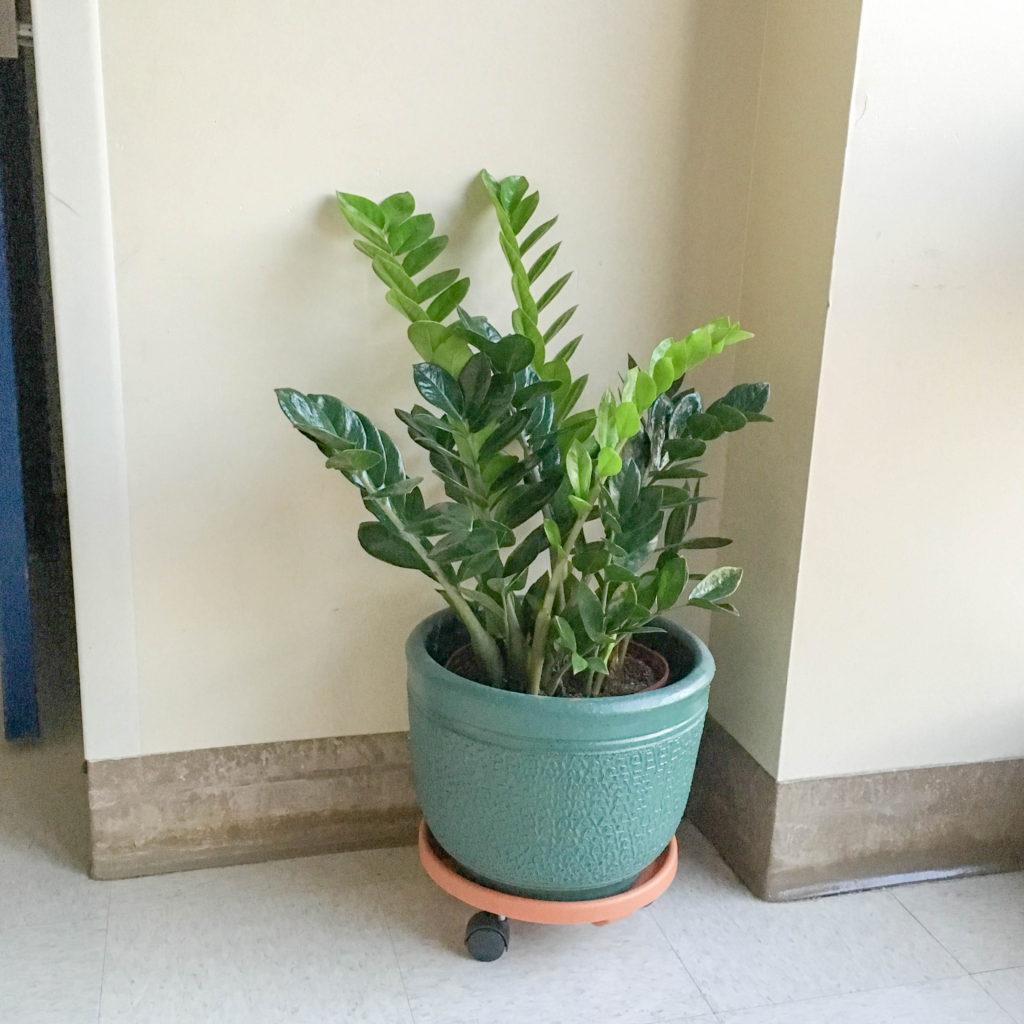
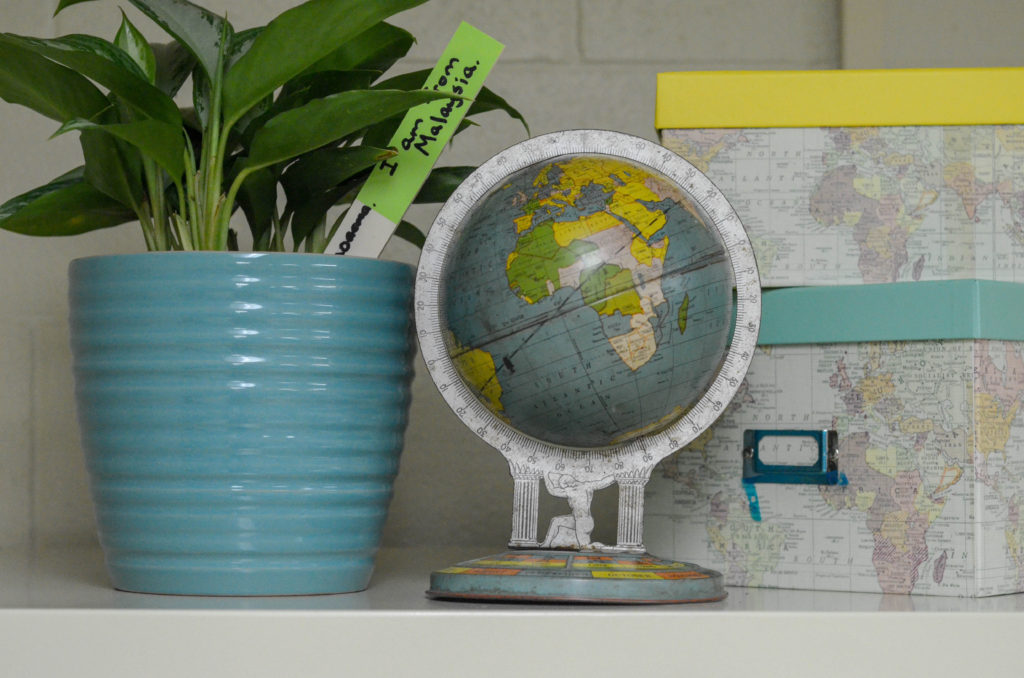
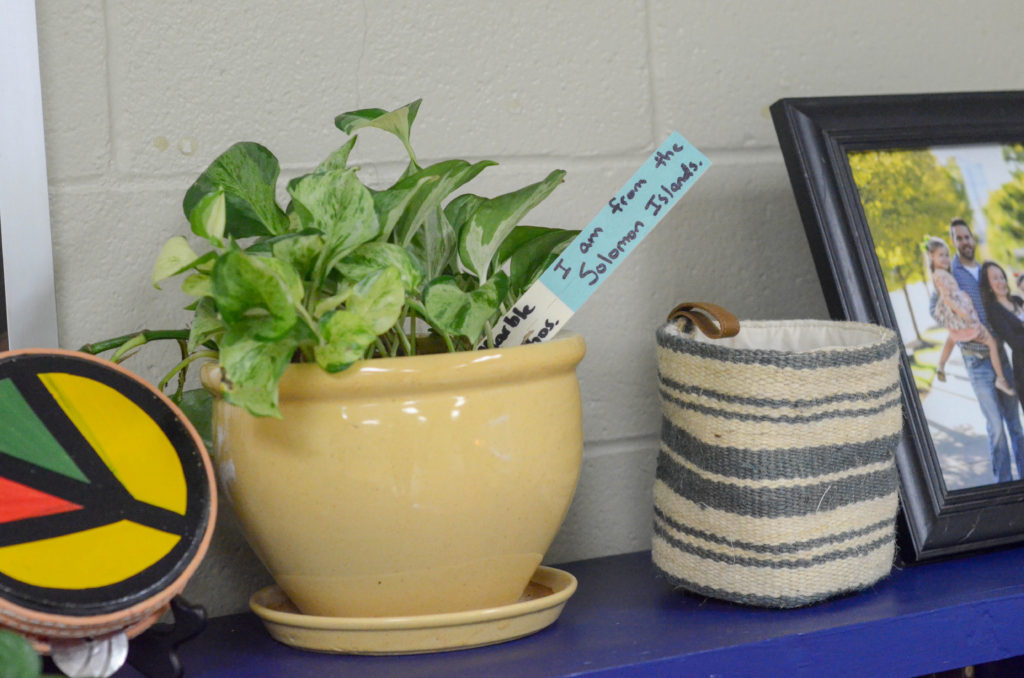
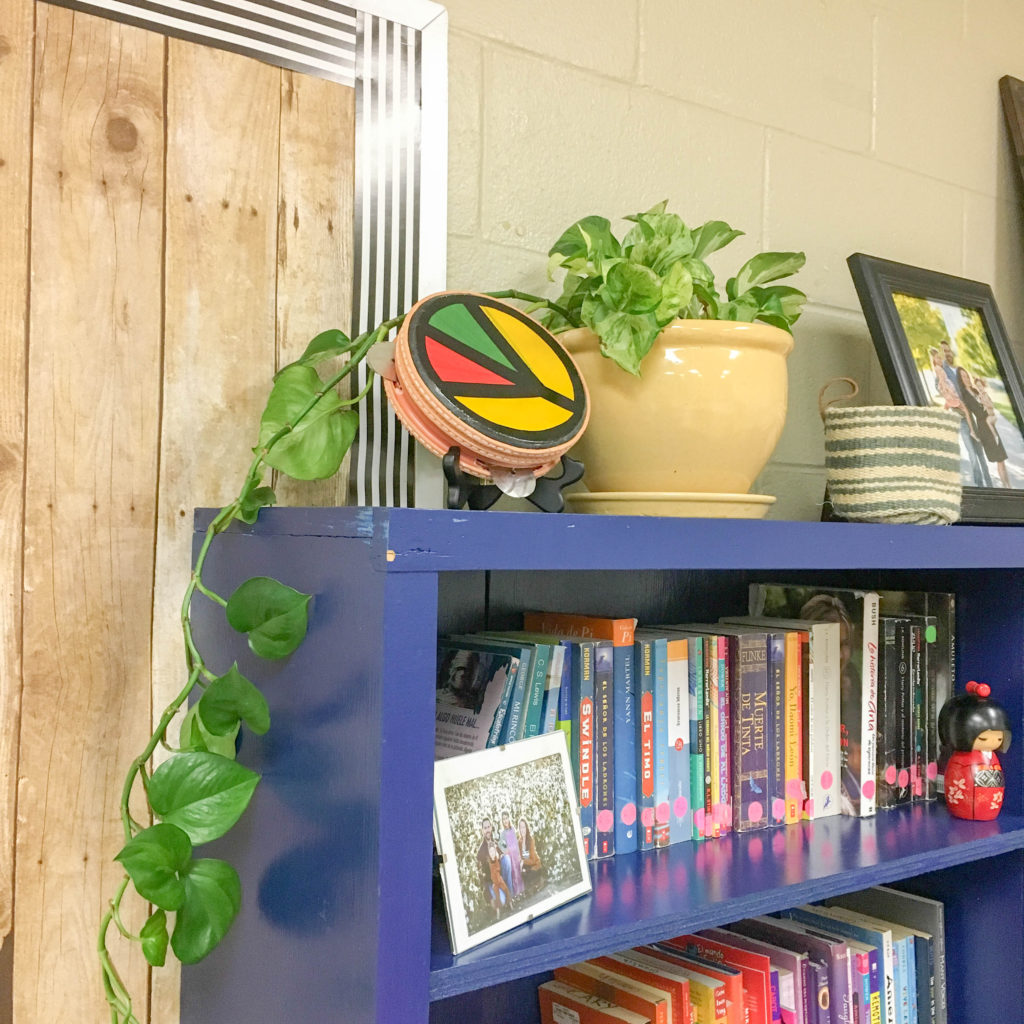
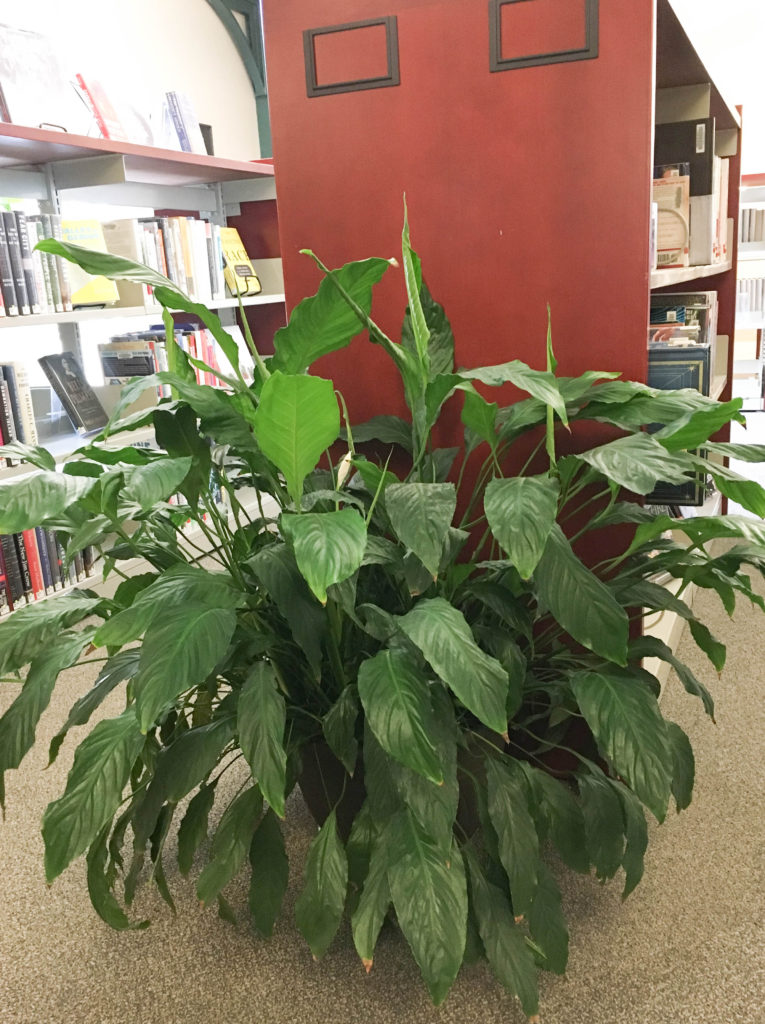
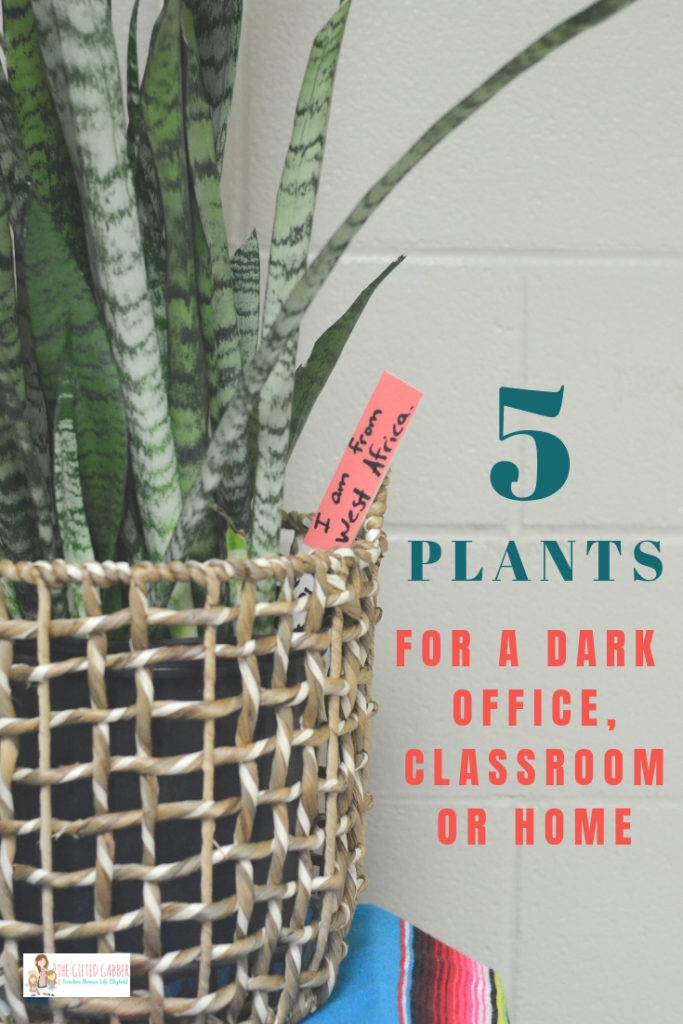
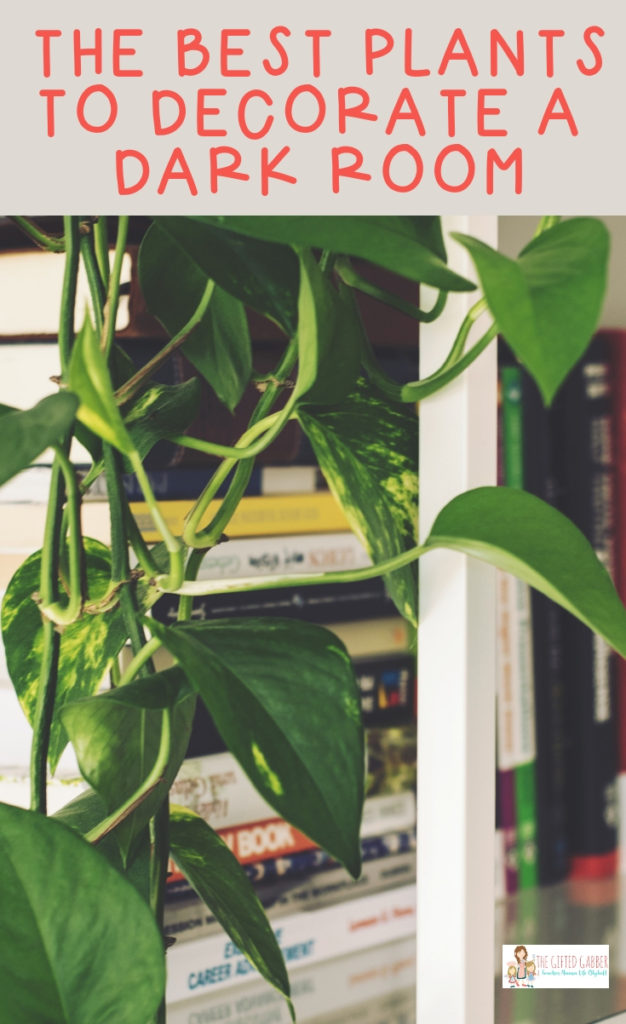
New Office Space
I appreciate you sharing. Your piece about best plants for a dark classroom or office. This content will be bookmarked for sure.
Megan Graham
The ZZ plant is actually extremely toxic. All parts of the plant are poisonous to humans and animals. I love the rest of this post though.